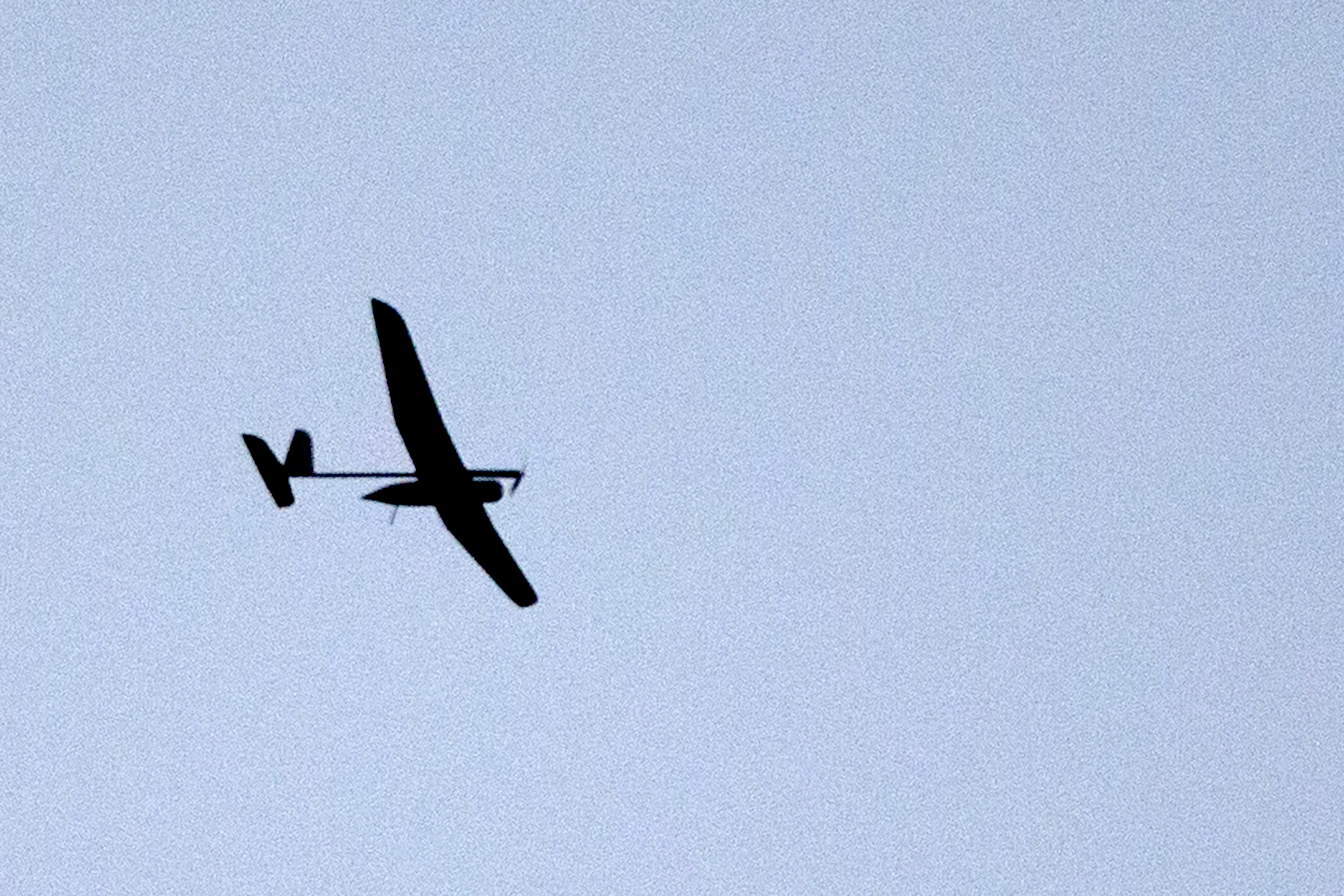FORT BLISS, Texas — A prototype to counter unmanned aircraft systems (C-UAS) using capabilities already in the Army inventory is now being put to the test at the service's Network Integration Evaluation (NIE).
The NIE is a soldier-led evaluation that assesses how to integrate programs of record into and progress the Army's tactical network. The evaluation, set to take place at Fort Bliss, Texas, over two weeks starting at the beginning of May, includes testing how well the C-UAS Mobile Integrated Capability (CMIC) works within the network and how it fares in the hands of soldiers.
The Army acknowledges the UAS threat will only grow as the systems become increasingly affordable and can be obtained through a few simple clicks on the Internet.
"We see that as kind of a poor man's air force," Michael Cochran, the Fires liaison officer at Fort Bliss, told Defense News April 26 as the NIE prepared to kick off.
Using the C-UAS CMIC, "we can put a capability in soldiers' hands using existing equipment that they have, so really what we are doing is we are taking existing programs of record and repurposing it to give the ability to counter those UAS," he said.
To make its prototype, the Army selected a vehicle already used by the service's fire support teams, the Q-50 Counterfire Radar System and the Lightweight Laser Designator Rangefinder (LLDR).
The only piece of new equipment is Northrop Grumman's Venom mast, which transmits Q-50 radar information and supports the LLDR.
The Army added the capability to track air vehicle threats to the Q-50 radar, which traditionally tracks rockets, artillery and mortars.
The radar will detect a threat, send a signal to the vehicle — through the mast, up to the LLDR — which will slew on the target. The system is connected to the Army's command and control systems. A soldier can then decide how to take out the target, according to Cochran.
The Army's C-UAS CMIC system is an example of what Pentagon officials and members of Congress alike want to see more — using what it has in innovative ways and taking the initiative to rapidly develop prototypes.
House Armed Services Committee Chairman Rep. Mac Thornberry’s fiscal 2017 markup of the defense policy bill proposes giving each service the ability through dedicated funding to experiment more with prototypes and rapidly deploy weapon system components and other technologies without requiring those programs to be tied to existing major programs.
Email: jjudson@defensenews.comTwitter:
Jen Judson is an award-winning journalist covering land warfare for Defense News. She has also worked for Politico and Inside Defense. She holds a Master of Science degree in journalism from Boston University and a Bachelor of Arts degree from Kenyon College.




